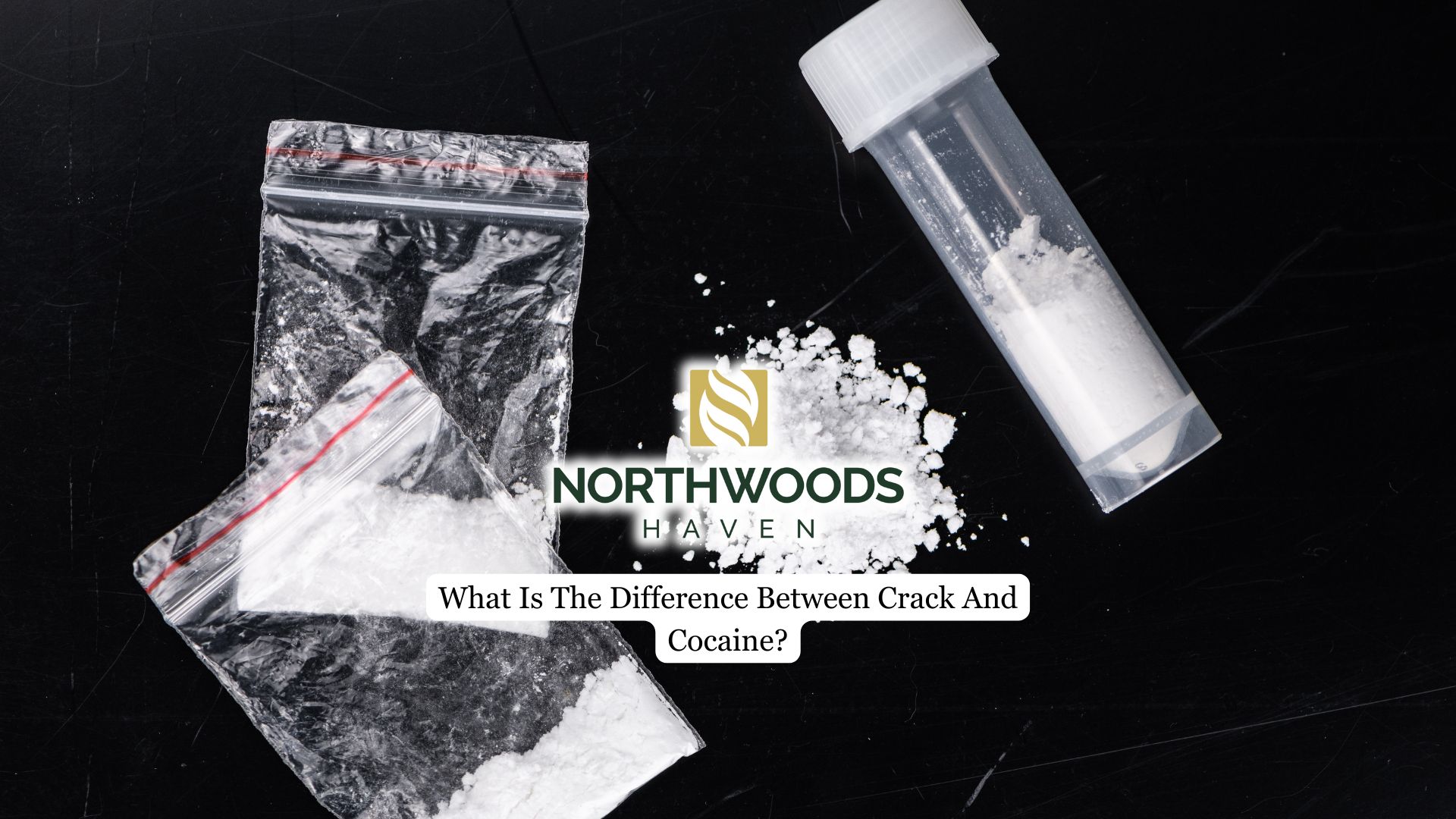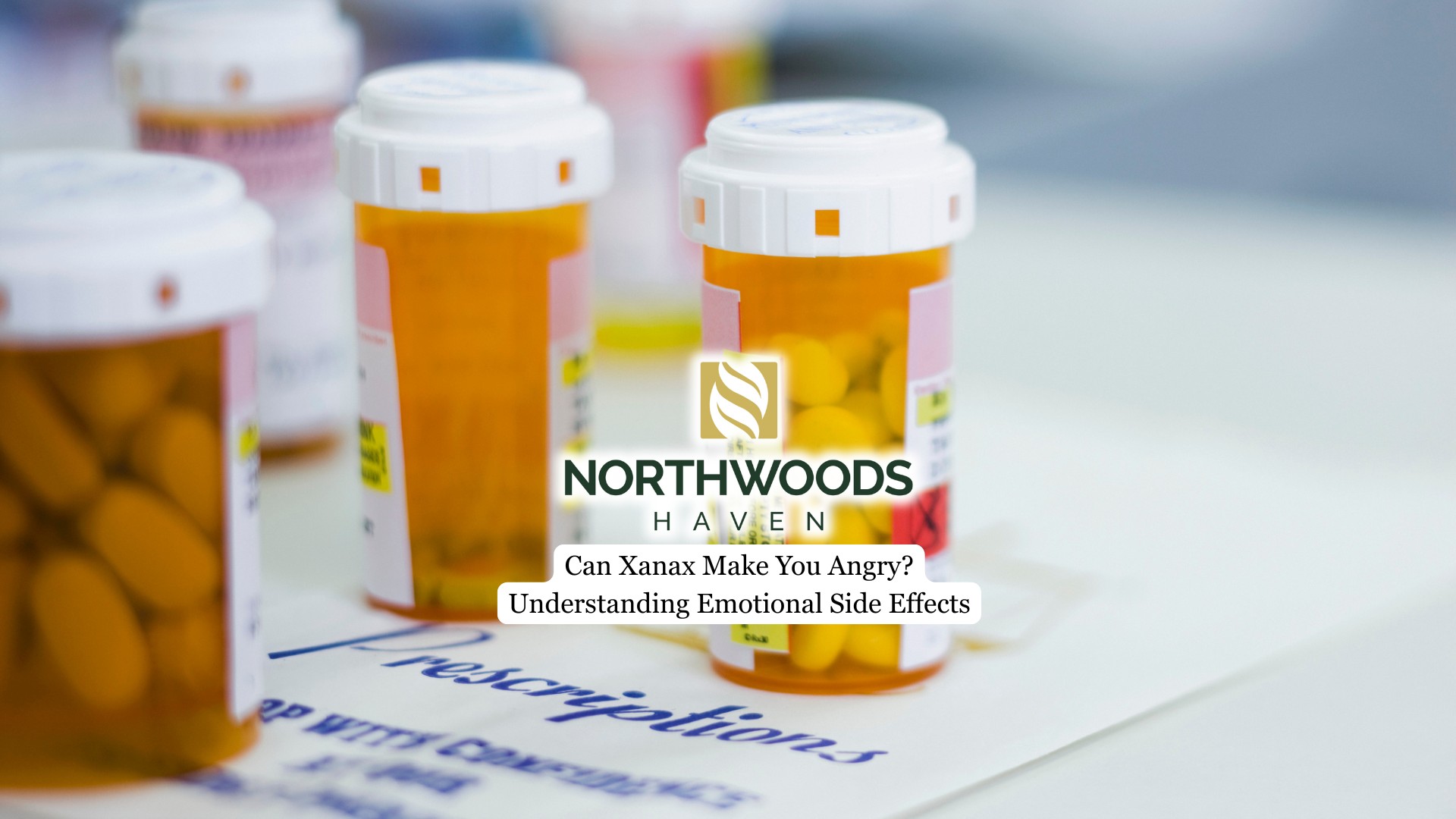Understanding the difference between crack and cocaine is essential for grasping their effects, risks, and social implications. Though both originate from the coca plant and contain the same active ingredient—cocaine, they differ in chemical form, method of use, intensity of effects, and legal consequences.
This article examines the differences between these two substances, their unique characteristics, and the consequences that follow.
What Are Crack and Cocaine?
Crack and cocaine are two forms of the same drug derived from the coca plant, but they differ in their chemical form, method of use, effects, and addiction potential.
Crack, also known as crack cocaine, is usually off-white or yellowish, which looks like small, rock-like crystals.
Meanwhile, cocaine, also referred to as powdered cocaine, white powder, or cocaine hydrochloride, is a white crystalline powder that is dissolved in water before being snorted or injected.
Of the two substances, crack is considered the most potent and addictive due to its rapid onset and brief duration, often leading to frequent use and a higher risk of addiction.
Signs that indicate you need to seek help for addiction include uncontrollable cravings, neglecting responsibilities, withdrawal symptoms, isolation from loved ones, and engaging in risky behaviors. Uncontrollable cravings are intense urges to use substances despite harmful consequences and can interfere with work, relationships, and daily life.
The Intensive Outpatient Treatment for Cocaine Addiction we provide at Northwoods Haven Recovery combines cognitive-behavioral therapy (CBT), group counseling, and medication-assisted treatment to manage withdrawal symptoms and cravings effectively. We begin with thorough assessments to understand the individual’s addiction history, mental health, and personal circumstances, enabling the creation of customized plans.
Chemical Composition and Pharmacology
While crack and cocaine share the same core chemical—cocaine—they differ in how they are processed and used, which changes their effects on your body. In terms of chemical composition, both originate from cocaine hydrochloride but crack undergoes a specific process.
You produce crack by removing the hydrochloride salt through a chemical process that involves the use of baking soda or ammonia. When heated, it forms solid crystals, resulting in a freebase form that is more concentrated. This makes cracks insoluble in water and smokable.
Meanwhile, powdered cocaine is cocaine hydrochloride, a water-soluble salt form, making it suitable for snorting or injection.
Pharmacologically, the active compounds between these two substances are the same, but this change in chemical composition makes crack more potent and alters how quickly it acts in your body.
Methods of Use and Effects on the Body
Crack is almost exclusively smoked. Smoking crack allows the drug to enter your lungs and bloodstream almost immediately, producing an intense and rapid high.
Cocaine is typically snorted through the nose or injected after being dissolved in water. Snorting cocaine causes the drug to be absorbed slowly through the nasal tissues, leading to a gradual onset of effects.
Both forms stimulate your central nervous system by blocking dopamine reuptake in the brain, causing intense euphoria, increased energy, alertness, and decreased appetite. However, the route of administration affects how quickly and intensely these effects occur.
Cocaine usage can lead to psychological dependence. It involves an emotional and mental reliance on a substance to cope with stress, anxiety, or other emotional challenges. Intense cravings and obsessive thoughts about the substance characterize it.
Once your drug dependence has evolved into addiction, it’s crucial to enroll in a proper rehab program.
Intensity and Duration of Effects
Crack produces a very rapid and intense high that peaks within seconds and lasts approximately 5 to 10 minutes. The quick onset and short duration often lead you to binge or repeatedly dose to maintain the high.
Cocaine, on the other hand, produces a slower onset high that lasts longer, typically 15 to 30 minutes, when you snort. The effects build gradually and decline more slowly, resulting in a more sustained experience.
The rapid cycle of intense highs and quick crashes with crack contributes significantly to its addictive potential.
Health Risks and Adverse Effects
Both crack and cocaine carry serious health risks, including:
- Cardiovascular problems such as increased heart rate, high blood pressure, heart attacks, and strokes.
- Respiratory issues, especially with crack smoking, which can damage the lungs.
- Neurological effects include seizures, headaches, and an increased risk of strokes.
- Mental health issues such as anxiety, paranoia, hallucinations, and aggressive behavior.
- Risk of overdose, which can be fatal.
Because crack is smoked, it can cause additional respiratory damage and may lead to more severe health consequences over time. Both drugs can severely impact physical and mental health, but the rapid, intense effects of crack often exacerbate these risks.
Addiction and Dependence
Addiction often develops faster with crack because smoking causes a rapid, intense rush that fades quickly, leading you to use it more frequently. The quick “rush” followed by a fast crash encourages repeated use in a short period, fostering a cycle of dependence.
Cocaine, while also addictive, generally produces a slower onset of effects, which may result in a somewhat lower immediate addiction risk compared to crack. Nonetheless, both substances can lead to severe psychological and physical dependence, requiring professional treatment.
As your brain adapts to repeated exposure, dependence takes hold. You will likely experience intense cravings and withdrawal symptoms, such as depression, if you try to stop, requiring professional treatment.

Legal Status and Social Impact
Both crack and cocaine are illegal under federal law in the United States and many other countries. Historically, laws have imposed much harsher penalties for crack possession compared to powdered cocaine despite their chemical similarity.
The 1986 Anti-Drug Act enforced a 100:1 sentencing ratio, meaning you could receive the same sentence for possessing one gram of crack as you would for 100 grams of powder cocaine. It was later reduced to 18:1 by the Fair Sentencing Act of 2010. This disparity has disproportionately affected economically disadvantaged and minority communities, contributing to significant social and racial injustices.
Media portrayal and public perception amplified the stigma attached to crack, further deepening social gaps. Though reforms like the First Step Act aimed to reduce the divide, the legacy of these disparities remains significant today.
Treatment and Recovery
Treatment for crack and cocaine addiction typically involves a combination of behavioral therapies, counseling, and support groups. There are currently no FDA-approved medications specifically for cocaine or crack addiction, so treatment focuses on:
- Cognitive-behavioral therapy (CBT) to address patterns of use and triggers.
- Contingency management to reinforce abstinence.
- Supportive care for co-occurring mental health disorders through dual diagnosis treatment.
- Long-term recovery support to relapse prevention therapy.
Individualized treatment plans that consider the specific substance used, severity of addiction, and personal circumstances improve the chances of successful recovery.
Final Thoughts from Northwoods Haven Recovery
Seeking support is the first step toward overcoming addiction to crack or cocaine and living a healthier life.
At Northwoods Haven Recovery, our Intensive Outpatient Program (IOP) provides a flexible, comprehensive, and individualized approach to addiction and dual diagnosis treatment tailored to meet the needs of working professionals, students, and individuals who cannot commit to a full residential stay. With options for morning or evening group sessions and personalized one-on-one therapy, clients can continue their daily responsibilities while receiving top-quality care.



